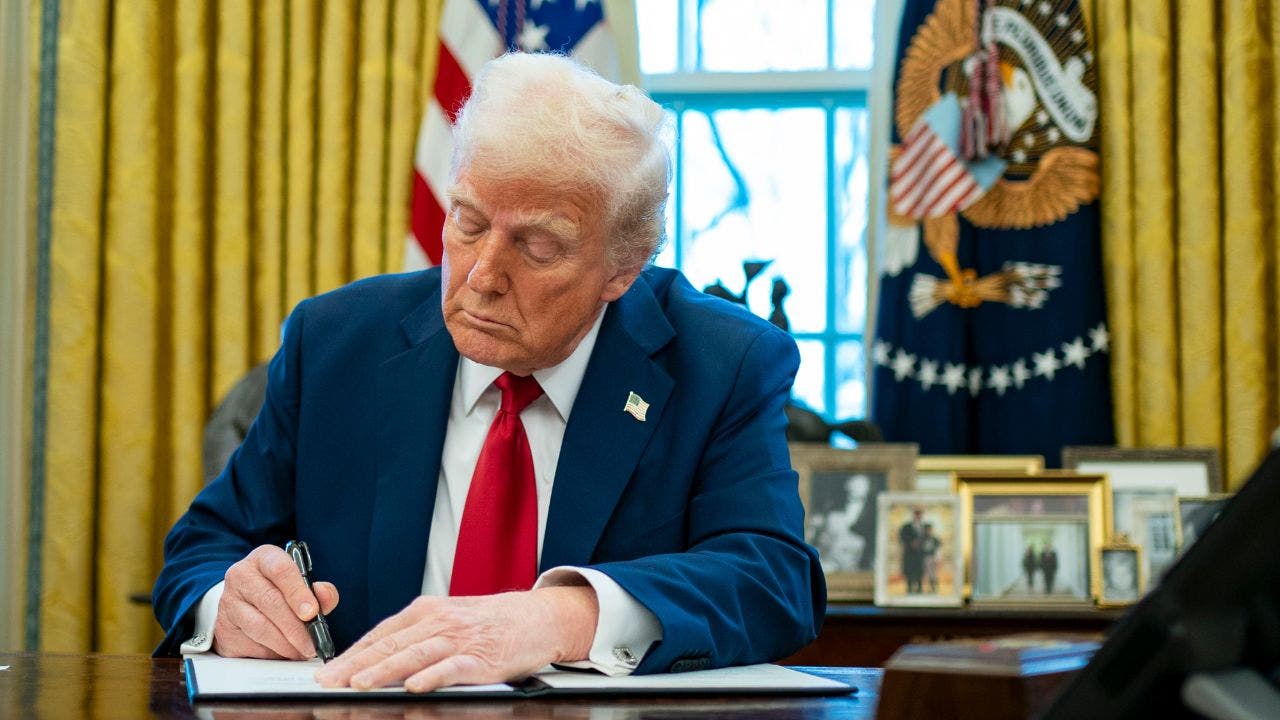Executive Safety on High Alert: Rising Threats Drive Surge in Security Spending in the US

While overall crime rates in the United States show signs of slight decline in certain areas, a concerning trend is emerging: a marked increase in targeted attacks and threats against executives and key institutional leaders. This shift is prompting businesses across various sectors to significantly bolster their security measures and dramatically increase spending on executive protection.
Data and exclusive interviews reveal a growing vulnerability among high-profile individuals, with incidents ranging from sophisticated cyberattacks and physical threats to harassment and intimidation. The nature of these threats is evolving, often leveraging social media and other digital platforms to amplify their impact and reach.
The Rising Tide of Executive Threats
Several factors are contributing to this heightened risk environment. Geopolitical instability, economic uncertainty, and increasingly polarized social landscapes are creating fertile ground for disgruntled individuals and groups to target those perceived as symbols of power or influence. Furthermore, the rise of activist investors and heightened scrutiny of corporate governance practices are placing executives under increased pressure and potential risk.
Companies Respond with Increased Security Spending
In response to these escalating threats, companies are taking proactive steps to safeguard their leadership. This includes:
- Enhanced Physical Security: Investing in personal security details, protective gear, and secure transportation options for executives.
- Cybersecurity Fortification: Strengthening digital defenses to protect against data breaches, phishing attacks, and other cyber threats targeting executive devices and accounts.
- Threat Assessment and Intelligence: Employing specialized firms to conduct comprehensive threat assessments and provide ongoing intelligence on potential risks.
- Executive Protection Training: Providing executives with training on personal safety, situational awareness, and crisis management.
- Family Security: Extending security measures to protect the families of executives, who are also potential targets.
The Financial Impact and Future Outlook
The surge in executive protection spending is substantial, with estimates suggesting a double-digit percentage increase across various industries. While the cost is significant, companies view it as a necessary investment to protect their assets – their leadership – and ensure business continuity. The trend is expected to continue as long as the underlying factors driving these threats persist.
Experts predict that executive protection will become an increasingly integral part of corporate risk management strategies, with a greater emphasis on proactive measures and advanced technology. The focus will shift from reactive responses to anticipating and mitigating potential threats before they materialize. Companies that prioritize executive safety will be better positioned to navigate the challenging and unpredictable landscape of the modern business world.
Ultimately, the rise in executive threats underscores a broader societal issue – the erosion of trust and the increasing polarization of viewpoints. Addressing these underlying challenges will be crucial in creating a safer and more stable environment for business leaders and the communities they serve.





